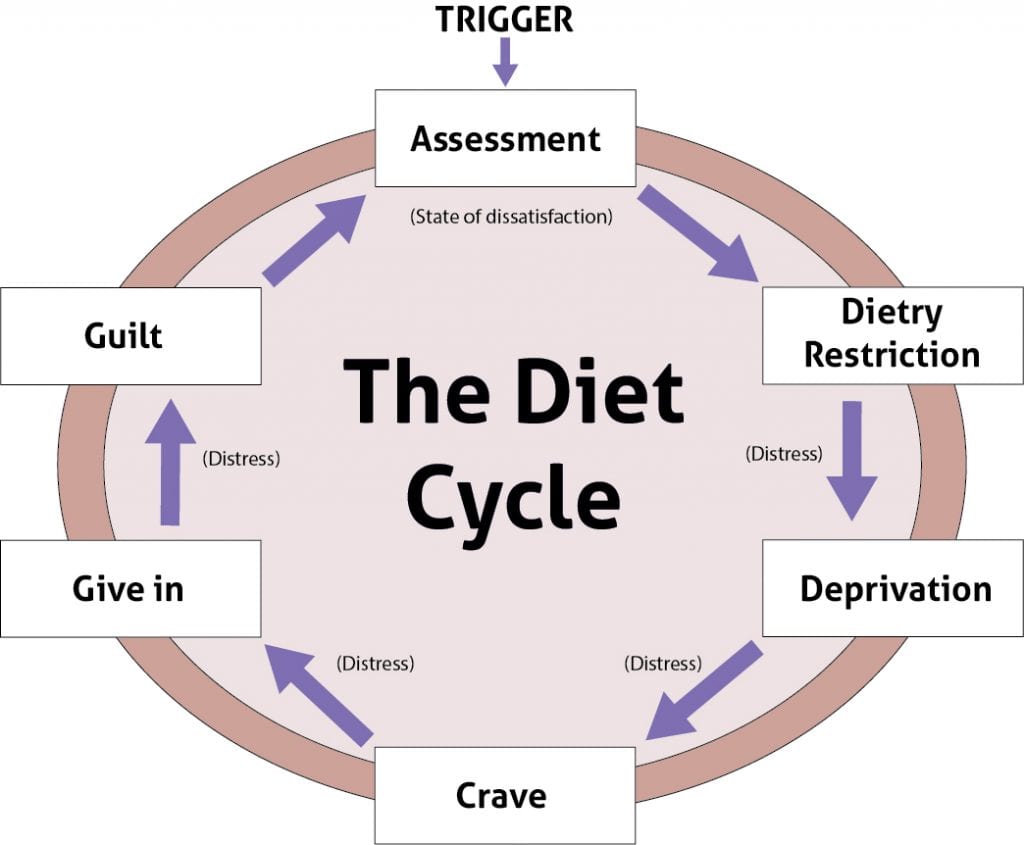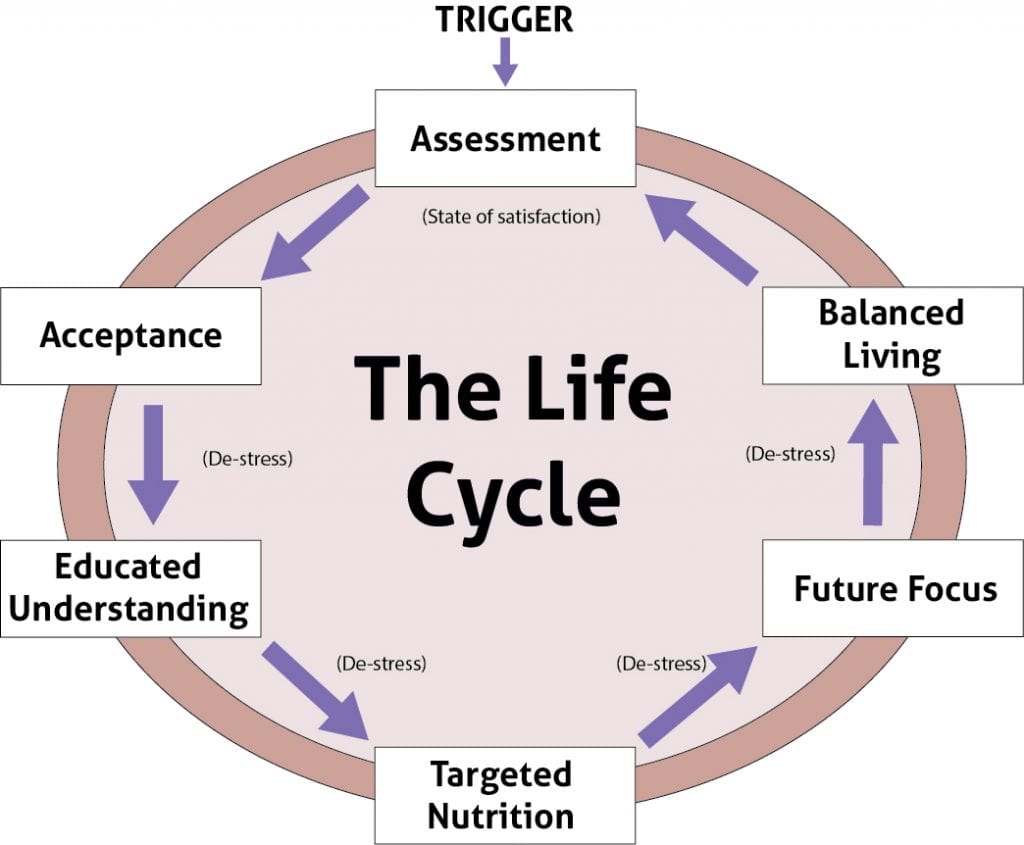Minimising Menopausal Weight Gain | You Can Do It

If you have read our previous blogs on menopausal weight gain you will have learned:
- Women’s fat cells are different to men’s (larger, more active and resistant to dieting).
- What’s more, even before perimenopause they start to expand by increasing in size, in number (over 30 billion of them) and in their ability to store fat.
- The reason for this is to produce estrogen. Yes, that’s right, fat cells are an endocrine organ, and when they detect the slightest lowering of estrogen as the ovaries slow in activity with age they start producing more to make up for this decline.
- This is necessary for maintaining health because estrogen provides protection to women from hot flushes, mood swings, memory loss, fatigue, osteoporosis, skin and hair changes
If you would like a refresher please read these blogs: (“Maintaining a Healthy Weight During and After Menopause“, “Menopausal Weight Gain: It’s real, it’s necessary, and it’s stubborn!“, and “Menopause and why you need to exercise“).
So, in summary, menopausal weight gain is metabolically programmed into every woman’s fat cells. But that does not mean all women need to be resigned to putting on excessive weight as they age.
In fact, it is absolutely possible to maintain a healthy body weight, and even to lose excess weight before, during and after menopause and keep healthy at the same time.
Here’s how to avoid menopausal weight gain
To prevent excessive weight piling on during menopause the first step is to STOP DIETING!
While I know it sounds absurd, bear with me as I explain. This is also described so well in the book called “Menopause Without Weight Gain” by Debra Waterhouse.
It starts with an understanding of the DIET CYCLE.
The DIET CYCLE begins when you make an ASSESSMENT of yourself and decide to take some action. This could be triggered by a comment from someone about how you look, or a glance in the mirror that causes a double take, or noticing that an item of clothing no longer fits.
Whatever the trigger, you make an assessment that you are too big and decide to diet. So you restrict what you eat, deprive yourself of that wine, chocolate or dessert, and try to stay focused and disciplined. You might even increase your exercise to speed up the process.
Eventually you get hungry and crave, but through willpower you tolerate it and continue. However, as shown by current psychological research, willpower is finite, and eventually it gets used up. At some point you give in and eat when you know you “shouldn’t” or what you know you “shouldn’t”.
This leads to guilt and the internal stress that accompanies it. As a result, the next time someone comments, or you pass that mirror, try on those tight jeans your mind is in a worse space. In fact, you feel like you have failed, your self worth plummets, creating more stress and making it harder to try again.
Further, you might wallow and not care, resigned to being this way for the rest of your life. Or you might muster up the fortitude to have another go, maybe a different diet, and do another round of the diet cycle.

So, how do you change this self-defeating DIET CYCLE? (And avoid menopausal weight gain?)
Firstly, with acceptance.
When you look in the mirror, try on jeans, or listen to a comment and do an assessment of your body shape, do it with a realistic acceptance of who you are.
Because with a realistic acceptance that your body changes with age, you can begin to reverse this cycle.
Realistic acceptance is the remedy to guilt. Realising that you are not in a 21-year-old body any more and you don’t need to look like you are opens the mind to alternatives.
It is the way forward to educated understanding, opening the mind to learning about why you put on weight as you age and how to minimise it.
This then leads to a knowledge of targeted nutrition – how to eat to avoid weight gain.
This learning and knowledge must happen with a future focus. Rather than looking back with guilt and comparing your past, it’s important to look forward and plan for your future needs.
This gives you purpose in what you do and leads to a life of balanced living – a lifestyle of health and wellness.
You have now turned and reversed the diet cycle into a life cycle.

Conclusion
1. If you want to do something today to start reversing this cycle do this one thing. Look at yourself in the mirror.
2. And take a good long look and an assessment of where you are at. Take a photo if you like for the record, but keep it private.
This is your ASSESSMENT stage.
3. Notice everything. Then – ACCEPT it.
This is who you are now.
4. Smile at yourself and make a commitment to start to learn (EDUCATED UNDERSTANDING) about how you could improve who you see in the mirror.






